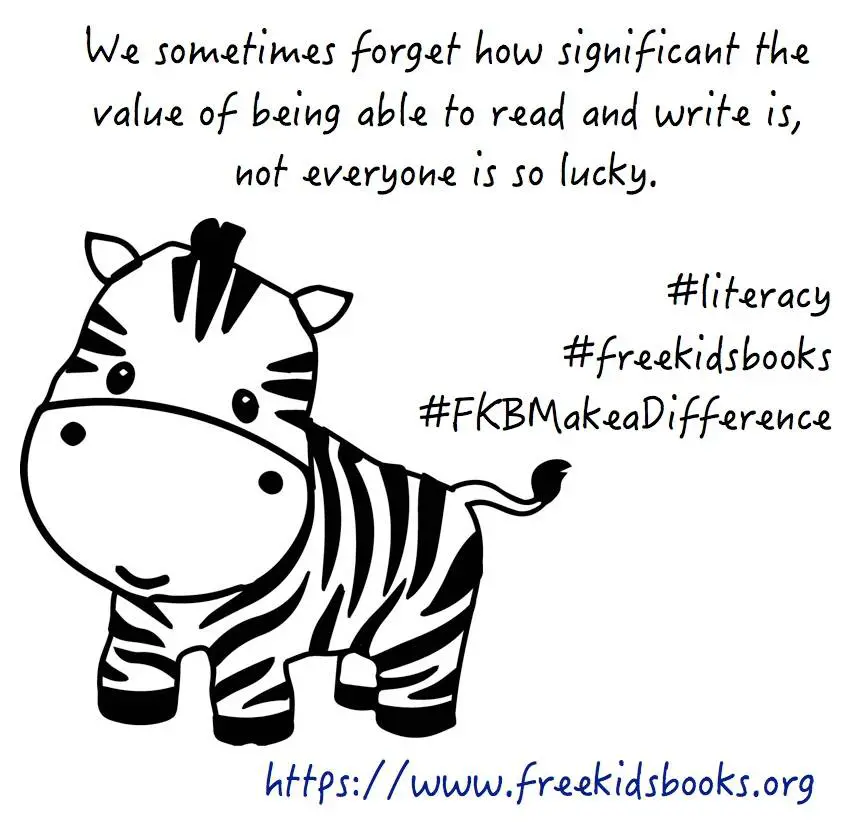A cute rhyming Halloween story for young children with beautiful imagery and some recipes at the end. Available in pdf and in editable .odg format and using the open dyslexic font.
Sample Page from Once Upon a Halloween

<End of page 4-5 of 26 >
Download the Editable Version of Once Upon a Halloween. Created with OpenOffice and using the OpenDyslexic font, both available free.
Have fun making the treats at the end as a school project or just for fun.
More books on Halloween are available in our Halloween Category.











